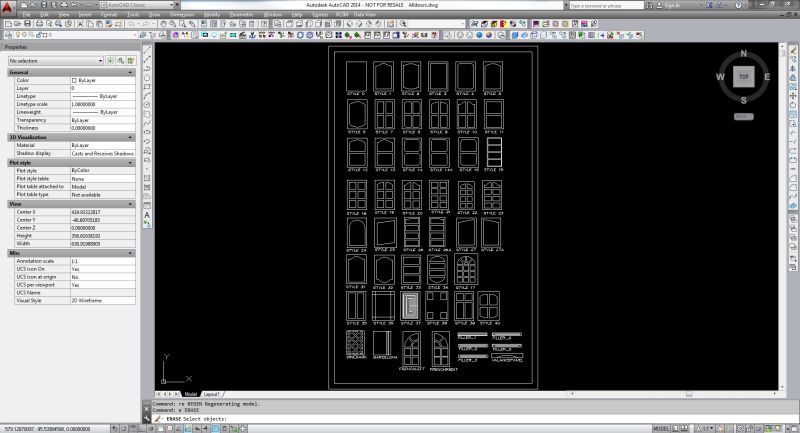Holding Veneer Flat on a CNC Table
A CNC operator finds that veneer tends to "bubble up" off the vacuum spoilboard in random spots. Here, he gets advice on holding the material down so he can cut inlay pieces out of it. June 30, 2007
Question
We're trying to cut inlays from veneer sheets on a flat table CNC. The inlays we're cutting are about 3" square. The veneer sheets can be anywhere from 3' square to 4' x 8'. We're using a small cone tool with a 30 degree included angle. We're having a problem holding the veneer on the vacuum table. The spoilboard is freshly flycut. The veneer will bubble up in some random areas. Any ideas on how to hold the sheets flat on the table?
Forum Responses
(CNC Forum)
From contributor C:
Lay a sheet of a thin non-porous material over the veneer and cut through it. Let us know how this works (or any other idea that works).
From the original questioner:
Thanks. We'll try some 6 mil plastic and let you know.
From contributor R:
I have done this before by lightly contacting the veneer to a sheet of MDF. Then you can carefully peel them off.
From contributor B:
3M makes a product called repositionable 75. Kind of like the glue on sticky notes. I've used it on other projects, but never on the router.
From contributor T:
Why use a V tool? I would think a small diameter spiral would work. Perhaps the smallest downcut you can get. Also... you could try the thinnest spoilboard you could dare use. Would improve hold down.
From contributor A:
Use an 1/8" ø downward spiral cutter to cut the veneer. The 3M spray adhesive will hold the material down with no problems.
From contributor G:
Do not use 6 mil plastic! It will wrap around the bit after some of it is loose. Try sign-makers masking paper, low tack. It will not have this problem! Having said that, using the 3m low tack spray glue (Office Depot will have in the art supply section) will probably work fine for holding the small pieces.
From contributor P:
We [Benz, Inc.] make an aggregate tool which we refer to as a vertical trimming unit, but it is more commonly known as a floating head. It looks very much like a hand router and fits into the motor spindle on your machine. The cutting tool is set to be exposed from the bottom of the unit to the depth of cut you are looking for. The bottom of the unit has a non-marking material (Teflon) which travels across the material you are cutting. It is designed to trace the surface and move up and down to accommodate any tolerance in the surface of the work piece you are machining. In your case, the floating shoe would act as a hold-down device keeping the veneer flat against the spoil board. Depending on how much of this kind of cutting you do, this may be a good solution.
